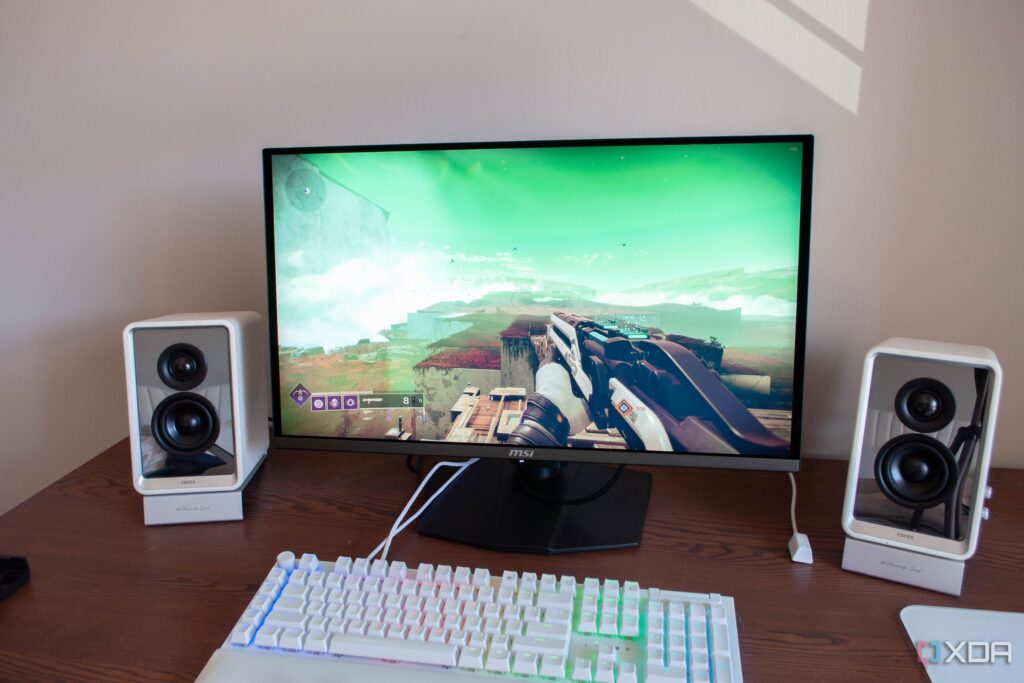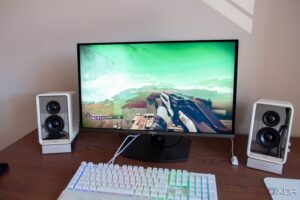
URGENT UPDATE: New insights reveal critical flaws in monitor specifications that could affect your purchasing decisions! As of October 2023, experts warn that consumers are often misled by flashy numbers, particularly in the realms of response times, HDR certifications, and color gamut coverage.
The reality is that many monitors touted as high-performing fail to deliver when put to the test in real-world scenarios. This is particularly concerning for gamers and professionals who rely on accurate display performance for their work and leisure activities.
Response Times: Many gaming monitors boast a 1ms response time, but this figure often reflects only the fastest pixel transition under ideal conditions, leaving users vulnerable to disappointing performance. In practice, slower pixel transitions can result in ghosting and smearing—issues that could ruin your gaming experience.
Experts suggest that to achieve advertised response times, users must enable aggressive overdrive settings. However, this can lead to unwelcome effects like overshoot, making the experience even worse. Many users are now advised to opt for the second-fastest setting to maintain sharp motion clarity without distracting artifacts.
HDR Certifications: High-end monitors frequently flaunt HDR certifications like HDR400 or HDR600, but these labels can be misleading. Many LCD panels fail to deliver true HDR performance due to inadequate brightness and lack of local dimming capabilities. A monitor labeled HDR400 may not even support local dimming, leading to flat, washed-out images.
For a genuine HDR experience, experts recommend considering OLED monitors with pixel-level dimming or mini-LED displays with over 500 dimming zones.
Color Gamut Coverage: Manufacturers often highlight impressive color gamut specifications, such as 98% DCI-P3, to attract buyers. However, wide gamut coverage does not guarantee accurate color reproduction. In fact, many users find that their monitors, despite high coverage percentages, require extensive calibration to produce realistic colors.
For example, the LG 27GN950 claims 98% DCI-P3 coverage, yet users reported needing to adjust settings extensively to achieve satisfactory color accuracy. This disparity highlights the importance of understanding that just because a monitor can display a range of colors, it does not mean those colors will appear correctly.
As consumers navigate the increasingly complex world of monitor specifications, these revelations are critical. The gaming and professional communities are urged to conduct thorough research and consider real-world reviews before making a purchase.
In today’s fast-paced digital landscape, ensuring that your monitor meets your needs is more important than ever. Stay informed and make wise choices for your tech investments!
For more details, monitor enthusiasts are encouraged to check reviews that test these specifications in practice, ensuring that the next purchase truly meets expectations. The market is filled with options, but only careful selection will lead to a satisfying user experience.
Stay tuned for more updates and insights into the ever-evolving world of technology!





